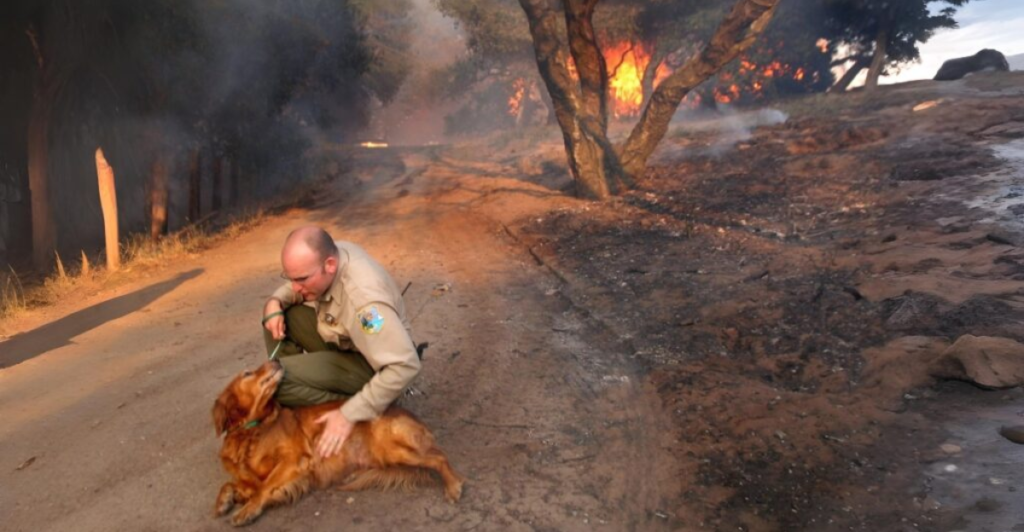
The weather’s been acting up a lot lately, and wildlife is getting caught in the chaos. We’re talking floods, wildfires, heatwaves, fish die-offs, and bats literally falling from the sky. Over the last decade, some of the most intense weather disasters on record didn’t just wreak havoc on people and cities; they devastated ecosystems and put untold species in danger. From deserts to rainforests to icy rivers, animals are being forced to adapt fast. Let’s rewind the tape on nine of the worst weather disasters since 2015 and see what happened when the forecast turned into a full-blown survival challenge for creatures great and small.
1. 2016 Assam Floods
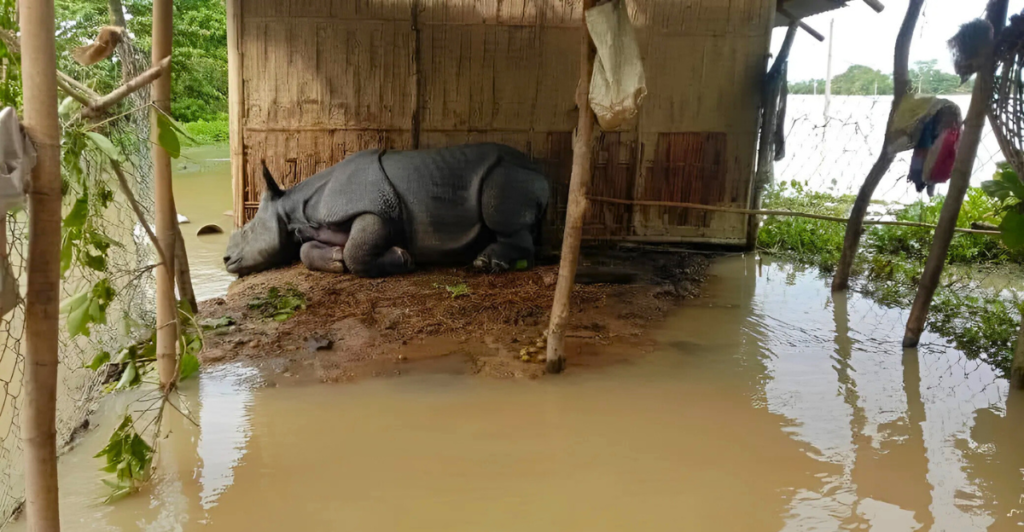
Kaziranga National Park in India is known for its one-horned rhinoceroses, not its ability to swim. But in July 2016, the Brahmaputra River decided to shake things up and spilled over into disaster. Floods submerged over 80% of the park, forcing animals to flee toward higher ground and human roads.
More than 300 animals died, including 21 rhinos and over 200 hog deer. Poachers took advantage of the chaos, targeting exhausted wildlife mid-escape. It wasn’t just a storm—it was a full-on eco-crisis that exposed how climate-fueled floods are becoming one of the deadliest threats to endangered species trying to mind their own business in protected areas.
2. 2017 Hurricane Maria

Hurricane Maria slammed into Puerto Rico in 2017 as a Category 5 beast. Everyone remembers the human disaster—but the island’s wildlife got rocked too. El Yunque, the only tropical rainforest in the U.S. National Forest System, was stripped nearly bare. Forest birds lost their nests, food vanished, and entire populations nosedived.
The Puerto Rican parrot, one of the world’s rarest birds, was already hanging by a thread—and this storm nearly snapped it. Trees that took centuries to grow were toppled in hours. Recovery has been slow, but it showed just how fragile island ecosystems really are when 150 mph winds show up to ruin everything.
3. 2019 Australian Heatwave
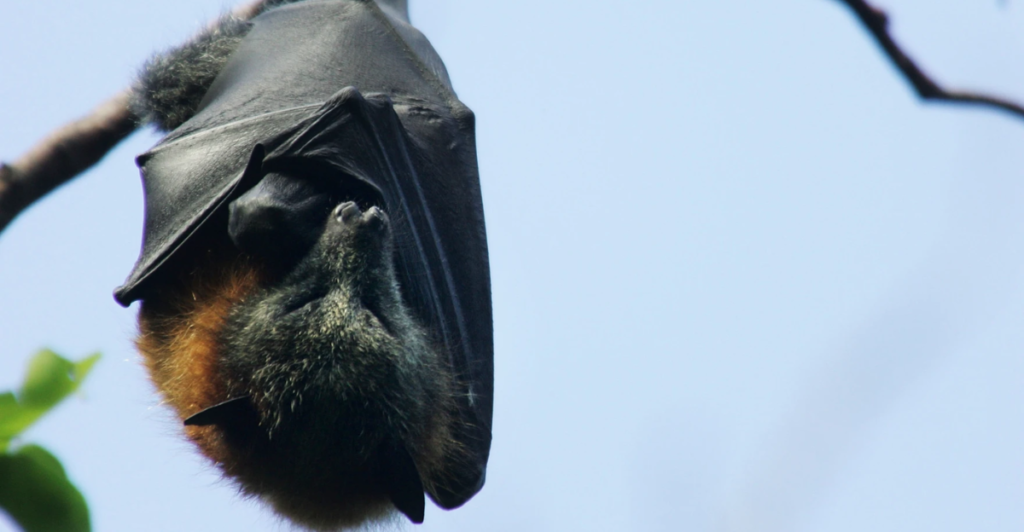
In December 2019, temperatures in Queensland, Australia soared past 42°C (107°F), and fruit bats—aka flying foxes—started falling out of the sky. Literally. Thousands of them died from heatstroke mid-flight, and volunteers scrambled to rescue baby bats clinging to their dead moms.
It wasn’t just a tragic sight, it was an ecological alarm bell. These bats are pollinators and seed spreaders, basically the Uber drivers of Australia’s forests. Their sudden absence threw entire ecosystems out of sync. Scientists say the mass die-off could happen again, especially as heatwaves become more frequent. Turns out, even creatures with wings can’t fly away from climate change.
4. 2020 Western North America Heatwave – When Oceans Boil Over
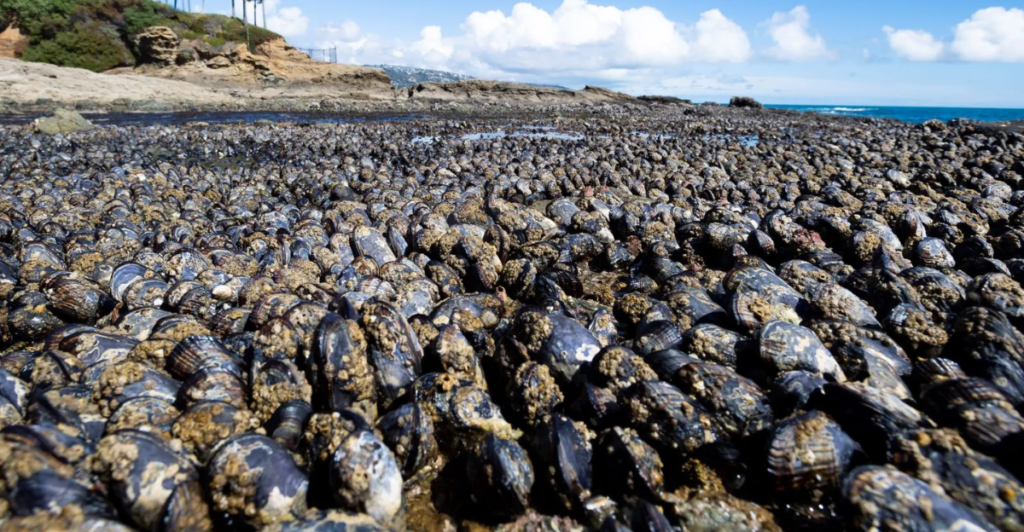
You know it’s bad when the beach starts smelling like a seafood crime scene. In 2020, a brutal heatwave hit the U.S. Pacific Northwest and western Canada. Intertidal zones—those rocky spots between high and low tide—reached 50°C (122°F), and over a billion marine animals died.
We’re talking mussels, clams, sea stars—boiled in their shells like they were in a pot of soup. It wasn’t just gross, it was ecosystem-shaking. These species filter water, provide food for birds and fish, and keep coastlines balanced. Their mass death rippled through the food web like a bad Yelp review no one could ignore.
5. 2021 Salmon Crisis

Salmon aren’t built for hot tubs. But in 2021, rivers in the Pacific Northwest turned uncomfortably warm during yet another record-breaking heatwave. That’s bad news when your entire life cycle depends on cold, clean water. Many salmon couldn’t migrate upstream, and the ones that tried often died from stress, disease, or simply overheated.
This wasn’t just a fish issue—it was a chain reaction. Bears, eagles, and entire Indigenous communities depend on salmon runs. When the salmon disappear, so do the species and cultures that revolve around them. Climate change didn’t just warm the rivers, it broke the system that’s been running for thousands of years.
6. 2022 River Oder Disaster
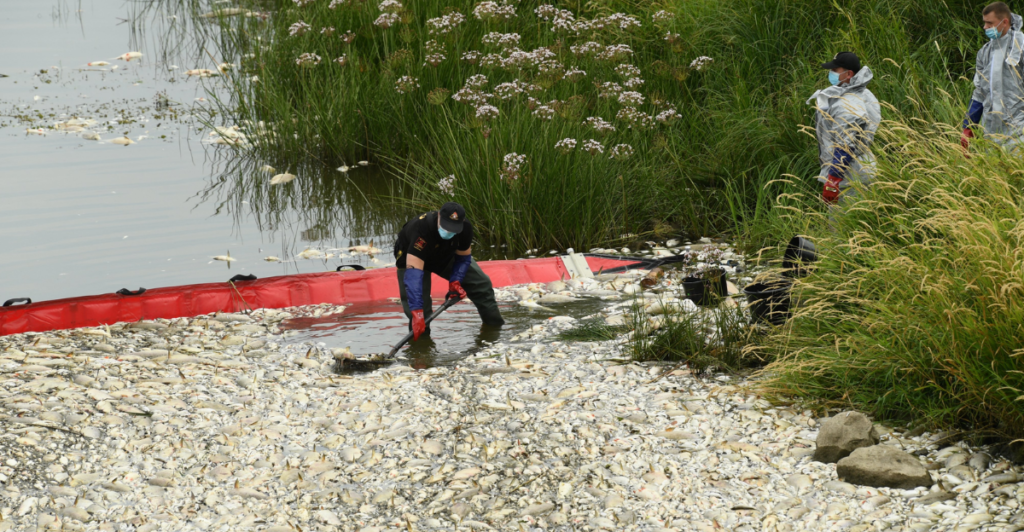
In August 2022, the River Oder—straddling Germany and Poland—turned into a watery graveyard. Thousands of dead fish floated downstream, along with eels, beavers, and even birds. The cause? Likely a toxic algal bloom, supercharged by low water levels, extreme heat, and possible chemical pollution.
Experts estimate over 360 tons of fish died. That’s not just tragic—it’s a full-on ecological collapse. The river’s oxygen levels tanked, leaving aquatic life gasping. Recovery? Could take years. One bad season turned a thriving river into a biological black hole, proving that heatwaves and pollution don’t just wreck ecosystems—they can wipe them out in weeks.
7. 2023 Darling River Fish Kill
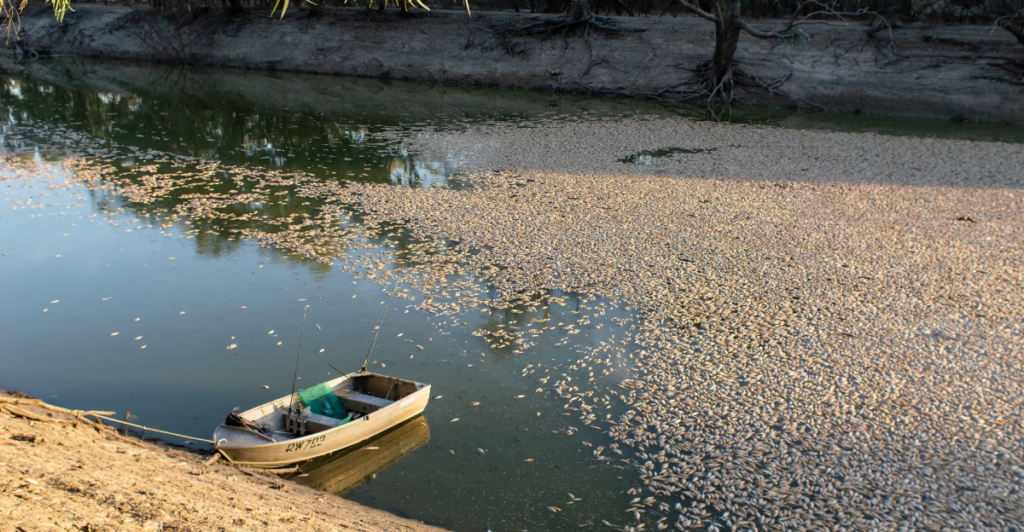
In March 2023, Australia’s Darling River turned into a fish graveyard—again. This time, it was hypoxic blackwater: basically, when decaying organic matter sucks the oxygen out of the river and leaves fish flopping for air. Combine that with a heatwave and low flows, and boom—millions of fish, mostly bony bream, floated belly-up.
Locals were horrified. The smell was revolting. And the impact on native wildlife, including turtles and birds that feed on fish, was devastating. These events are becoming more common, thanks to hotter weather and altered river flows. Fish kills are no longer freak events—they’re climate red flags, and they’re not subtle.
8. 2024 Southern Africa Drought and the Elephant Dilemma
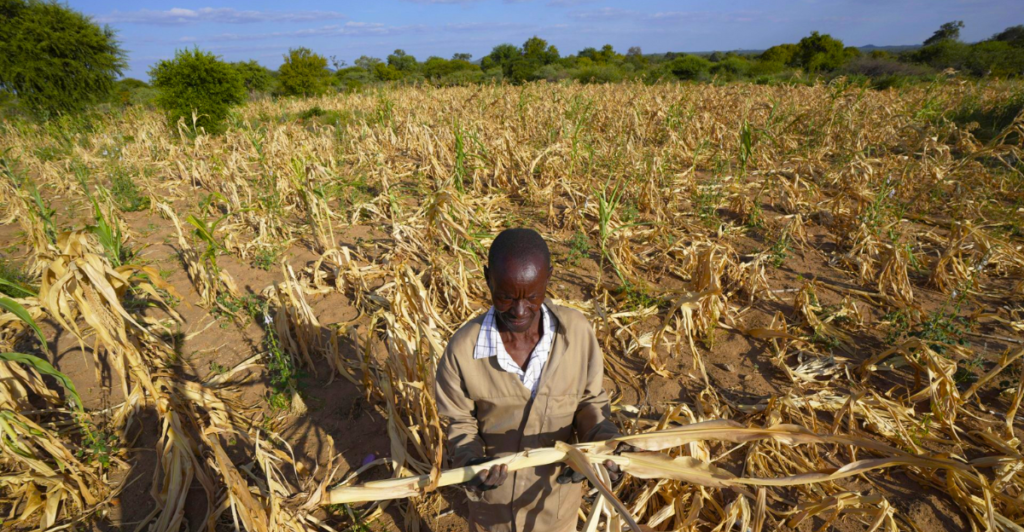
In 2024, Southern Africa was hit by a brutal one-two punch: El Niño and climate change teamed up to deliver one of the worst droughts the region has seen in decades. Rivers dried, vegetation withered, and waterholes vanished. In Zimbabwe and Namibia, wildlife agencies made the controversial decision to cull hundreds of elephants—not just to reduce pressure on the parched land, but to provide meat for struggling communities.
It sparked global outrage. Conservationists were torn between ethics and survival. Elephants, the icons of African wildlife, became symbols of climate desperation. This wasn’t just a drought, it was a moral reckoning. When water runs dry, even giants fall and we’re left questioning what “survival” really means in a warming world.
Wild Weather, Wilder Consequences
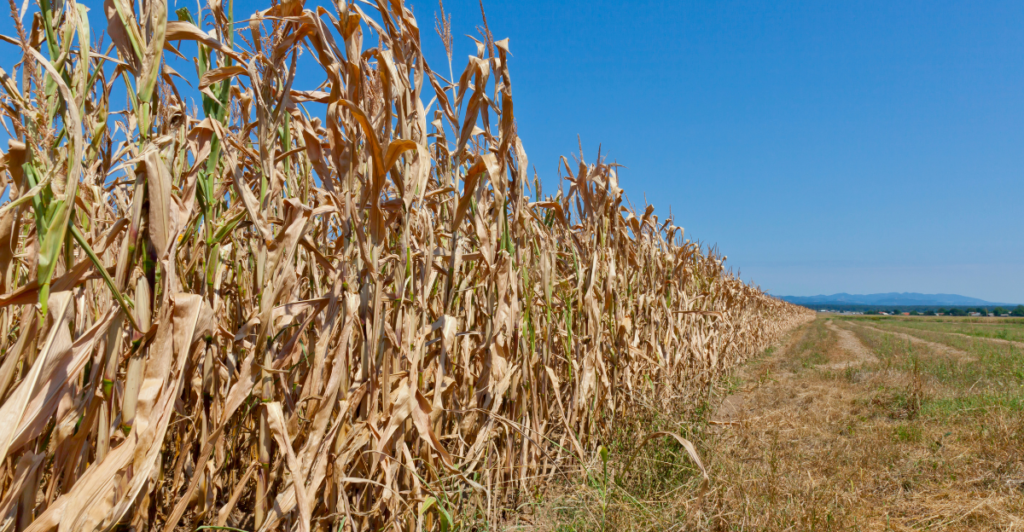
Extreme weather used to be rare. Now it’s just a Tuesday. And wildlife? They’re paying the highest price. From rhinos drowning in India to salmon overheating in U.S. rivers, the past decade has made one thing clear: animals can’t outrun climate change. Their homes are burning, flooding, boiling, and drying out—and they’ve got nowhere else to go.
Each of these disasters wasn’t just tragic; it was a warning sign. As climate extremes get more intense and more frequent, we’ll see even more wildlife pushed to the brink. The question isn’t whether animals can adapt. It’s whether we’ll act fast enough to give them a fighting chance.
Explore more of our trending stories and hit Follow to keep them coming to your feed!
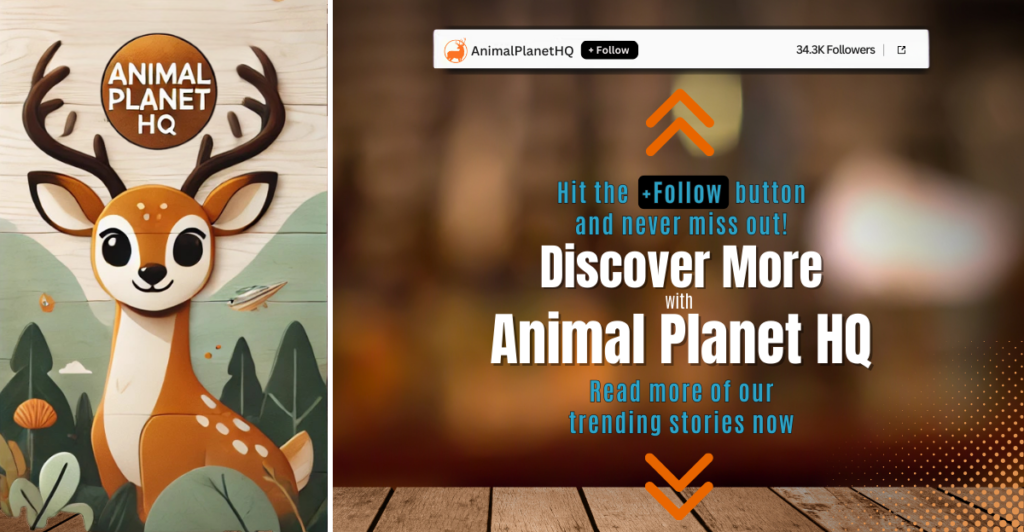
Don’t miss out on more stories like this! Hit the Follow button at the top of this article to stay updated with the latest news. Share your thoughts in the comments—we’d love to hear from you!







